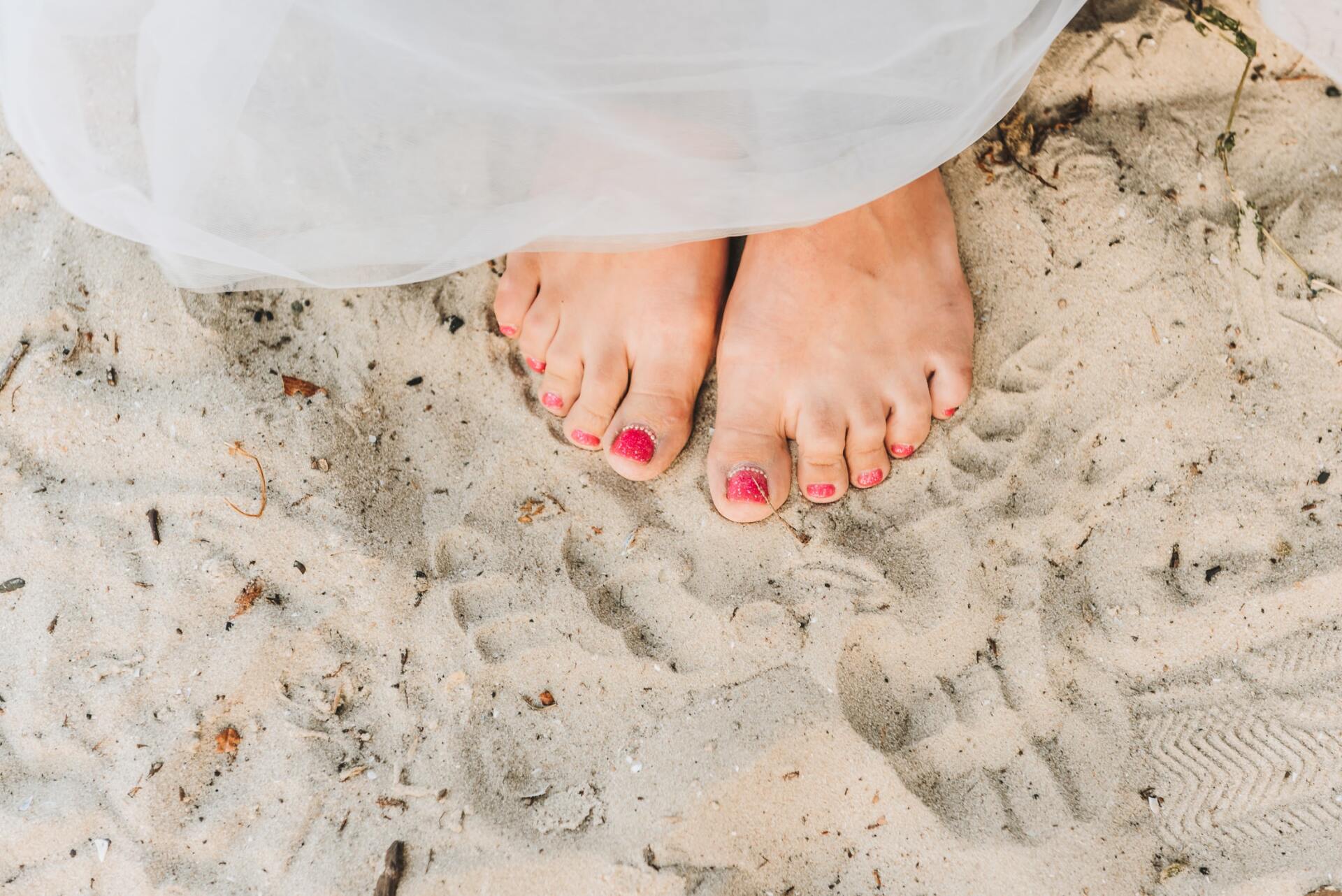Laser Therapy Treatment for Fungal Toenails

Chronic pain often accompanies a variety of illnesses, painful foot conditions, and injuries of the feet and ankles. One of the latest technologies that provides a beneficial solution for the treatment of fungal toenails is called Laser Therapy Treatment.
Laser therapy is the latest treatment for fungal toenails that improves the appearance of your nails in many cases. Laser therapy is extremely effective and works by penetrating the nail plate destroying the infected fungus areas under the nail. This procedure is pain free and has no side effects more importantly for best results and for the best-looking toenails will occur with four laser therapy sessions and the use of our specific protocol.
However, patients need to understand that not all thick nails are the result of fungal toenail infections and laser therapy will work on nails with a fungal toenail infection. Make sure you’re getting the right advice and book in to see your Podiatrist.
When you book in for an assessment with your Podiatrist they will diagnose a recommend treatment and prepare the nails or injury area for laser therapy if indicated. This appointment may take approximately 30 minutes and healthcare rebates are available.
Depending on the severity of the affected area treatments may vary in duration and number of visits. Your podiatrist will notify you on the number of laser therapy treatment sessions needed. Generally, 4 treatments are required.
What is laser treatment for the feet?
If this sounds like an intriguing prospect, it would be useful to understand more about laser treatment. The following are useful pieces of information about laser therapy.
Types of lasers
There are two types of lasers used in physical therapy: class 3 and class 4. Lasers that belong to the former possess a power of less than 500 milliwatts, while the latter types have a power of greater than 500 milliwatts. Class 3 lasers are also referred to as cold lasers and they are used for low-level laser therapy (LLLT). On the other hand, therapists use class 4 lasers to conduct high-power laser therapy (HPLT). It is important to distinguish between the two classes to know which one is more appropriate.
Analgesic properties
Laser beams have been found to decrease nerve sensitivity by reducing a pain-eliciting chemical called bradykinin. HPLT can normalise ion channels and release endorphins to create pain-relieving properties. It can also induce pain-blocking effects to several nerve fibers. Acute conditions should have the treatment administered as soon as possible. This will help reduce inflammation, induce the healing process, and help the body return to its normal state at a faster rate. A lot of injured athletes find this quality appealing.
Aesthetic applications
One of the most common applications of LLLT is as a treatment for androgenetic alopecia. It refers to a progressive form of hair loss that is caused by dihydrotestosterone (DHT). Laser treatments remedy the problem by irradiating photons into the tissue and helping cells regain their former health. This allows hair follicles to regain their functionality.
Quick procedures
When it comes to discussing the actual process, it might surprise readers to know that it would only take a couple of minutes. It will usually last anywhere between 5 and 10 minutes depending on several variables. This makes laser therapy ideal for people with busy schedules.
Side effects
LLLT procedures involve no side effects because of the cold nature of the laser. The therapy is non-invasive and non-toxic. HLLT procedures are similarly safe, though patients might experience mild discomfort during the procedure. It is also possible to experience redness in the treated area, but this will disappear within hours after the treatment.
Administration locations
Podiatry clinics and physical therapy offices often have lasers for therapy purposes. The procedures are extremely popular among athletes. If one wishes to use it for a more specific purpose, further research is generally required.
This overview should give the readers an idea of what to expect from laser therapy and how to treat fungal toenails. However, it would be best to consult with your podiatrist to see whether it is appropriate for treating a specific condition.
If you would like to book an appointment, please contact our friendly staff or use our convenient online appointment booking system.







